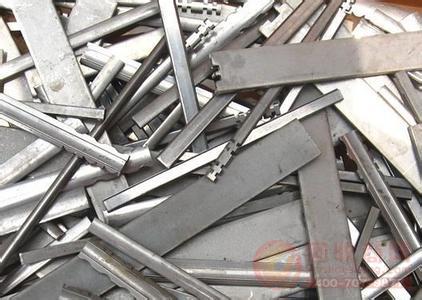Analysis of four methods for identifying the authenticity of waste stainless steel

1. Magnetic Test The magnetic test is the simplest method to distinguish between austenitic stainless steel and ferritic stainless steel. Austenitic stainless steel is non-magnetic steel, but will have mild magnetic properties after cold working under large pressure; while pure chrome steel and low alloy steel are strong magnetic steel.
2. Nitric Acid Point Test A notable feature of the stainless steel tube is its inherent corrosion resistance to concentrated nitric acid and dilute nitric acid. This property makes it easy to distinguish from most other metals or alloys. However, the high carbon type 420 and 440 steels are slightly corroded when subjected to the nitric acid point test, and the non-ferrous metals are immediately corroded when they encounter concentrated nitric acid. Dilute nitric acid is highly corrosive to carbon steel.
III. Copper Sulfate Point Test The copper sulfate point test is the easiest way to quickly distinguish between ordinary carbon steel and all types of stainless steel. The concentration of the copper sulfate solution used is 5 to 10%. Before the point test, the test area should be thoroughly cleaned of grease or various impurities, and a small area is polished with a soft cloth, and then the copper sulfate solution is dripped into the cleaned area with a drop bottle. Ordinary carbon steel or iron forms a layer of surface metallic copper in a few seconds, while stainless steel surfaces do not produce copper deposits or show copper color.
4. Sulfuric Acid Test The sulfuric acid immersed stainless steel tube test can distinguish 302 and 304 from 316 and 317. The trimming of the sample shall be finely ground and then cleaned and passivated for half an hour in nitric acid (specific gravity 1.42) at a concentration of 20 to 30% and a temperature of 60 to 66 °C. The sulfuric acid test solution has a volume concentration of 10% and is heated to 71 ° C. When the .302 and 304 steels are immersed in this hot solution, they are rapidly corroded and generate a large amount of bubbles, and the sample turns black in a few minutes; and 316 and 317 steel The sample is not corroded or the reaction is very slow (no bubbles are generated), and the sample does not change color within 10 to 15 minutes. The test can be made more accurate if the samples with known compositions are simultaneously tested for approximate comparison.
Ar Coating Solar Glass,Ar Glass,Low Iron Solar Panel Glass,Ar Coating Tempered Solar Glass
SHANDONG TOP LEADER GLASS CO.,LTD , https://www.topleaderglass.com